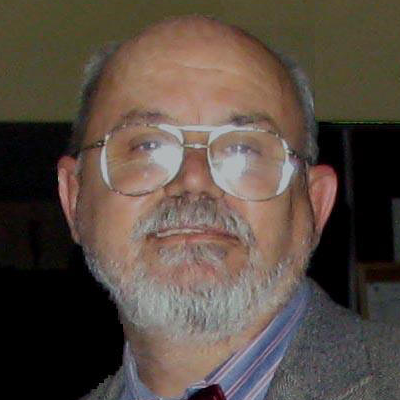Modelling Problems Arising in Science and Engineering with Fractional Differential Operators: Beyond the Power-Law Limit
A special issue of Mathematics (ISSN 2227-7390). This special issue belongs to the section "Difference and Differential Equations".
Deadline for manuscript submissions: closed (31 December 2019) | Viewed by 24381
Special Issue Editor
Interests: mathematical modeling; fractional calculus; non-linear diffusion; viscoelasticity
Special Issues, Collections and Topics in MDPI journals
Special Issue Information
Dear Colleagues,
You are kindly invited to contribute to the Special Issue “Modelling Problems Arising in Science and Engineering with Fractional Differential Operators: Beyond the Power-Law Limit”.
Fractional calculus has a brilliant history in the modelling of non-linear and anomalous problems in mathematics, physics, statistics and engineering, involving a variety of fractional-order integral and derivative operators, such as the ones named after Grunwald-Letnikov, Riemann-Liouville, Weyl, Caputo, Hadamard, Riesz, Erdelyi-Kober, etc., based on the power-law memory. Beyond this bright classical basis, in recent years new trends in fractional modelling involving operators with non-singular kernels have been created to model dissipative phenomena that cannot be adequately modelled by fractional differential operators based on singular kernels.
This Special Issue addresses contemporary modeling problems in science and engineering involving fractional differential operators with classical and new memory kernels. This is a call to authors involved in modeling with new and classical fractional differential operators to show their important positions in fractional modelling theory, differences in applications and how these operators should be applied. The issue offers a broad range of applied topics and multidisciplinary applications of fractional order differential operators with classical and new kernels in science and engineering.
We invite and welcome review, expository, and original research articles dealing with recent advances in the theory of fractional-order integral and derivative operators and their multidisciplinary applications. We will be glad to see your contributions with strong results demonstrating the feasibility of both the classical and the new trends in fractional calculus.
The main topics of the collections envisage some principle problems, including but not limited to:
- Fractional modelling: new trends, new fractional operators, mathematical properties of fractional operators,
- Memory kernels to fractional operators: identification, construction, definitions of fractional operators on their basis and relevant properties
- Fractional-order ODEs, PDEs and integro-differential equations involving new fractional operators
- Special functions of mathematical physics and applied mathematics associated with the new fractional operators
- Examples beyond the classical singular kernel applications: Non-power-law relaxations involving new operators
- Fractional modelling of the mechanics and rheology of solid materials with non-power-law relaxations
- Anomalous diffusion models beyond the power-law behaviour
- Fractional modelling for biomechanical and biomedical applications with new operators
- Thermodynamic compatibility of fractional models with new kernels
- Fractional models of heat, mass and fluid flow beyond the power-law
- Control and signal fractional modelling problems with non-singular fractional operators
- Dynamic and stochastic systems based on fractional calculus with non-power-law kernels
- Fractional modelling of electrochemical and magnetic systems with non-singular operators
Prof. Dr. Jordan Hristov
Guest Editor
Manuscript Submission Information
Manuscripts should be submitted online at www.mdpi.com by registering and logging in to this website. Once you are registered, click here to go to the submission form. Manuscripts can be submitted until the deadline. All submissions that pass pre-check are peer-reviewed. Accepted papers will be published continuously in the journal (as soon as accepted) and will be listed together on the special issue website. Research articles, review articles as well as short communications are invited. For planned papers, a title and short abstract (about 100 words) can be sent to the Editorial Office for announcement on this website.
Submitted manuscripts should not have been published previously, nor be under consideration for publication elsewhere (except conference proceedings papers). All manuscripts are thoroughly refereed through a single-blind peer-review process. A guide for authors and other relevant information for submission of manuscripts is available on the Instructions for Authors page. Mathematics is an international peer-reviewed open access semimonthly journal published by MDPI.
Please visit the Instructions for Authors page before submitting a manuscript. The Article Processing Charge (APC) for publication in this open access journal is 2600 CHF (Swiss Francs). Submitted papers should be well formatted and use good English. Authors may use MDPI's English editing service prior to publication or during author revisions.
Keywords
- Fractional modelling with non-power-law kernels
- Fractional operator definitions and properties
- Fractional-order ODEs, PDEs and integro-differential equations
- Non-power-law relaxations involving new operators
- Rheological modeling of fluid and solids with non-singular kernels
- Anomalous diffusion transport beyond the power-law
- Biomechanical and medical models with non-singular fractional operators
- Thermodynamical model consistency when non-singular operators are involved
- Control and identification with new fractional operators
- Chaos and complexity with non-singular fractional operators





